By Misty Sansom
I read a story a while ago about pregnancy during the ancient greek times. Pregnant women would stay together in an idyllic setting – and spend their pregnancy wandering through beautiful gardens, bathing under waterfalls, eating delicious and nourishing food, being looked after by caring women, and generally just relaxing, resting and preparing for the birth of their baby. Families and partners were allowed to visit, but not stay.
My last half of pregnancy was pretty much exactly that; if you replace wandering through the beautiful gardens with the halls of Waikato Hospital, the waterfalls with your standard shower (warmer than a waterfall, so I feel that’s a win in comparison), and the delicious and nourishing food for hospital dinners…which aren’t too bad, in all honesty. The caring women (the midwives were absolutely lovely – we were very well looked after!), resting, relaxing and families and partners visiting but not being able to stay is bang on though. Actually, Waikato Hospital also has free wifi, and I got woken up each morning with a hot lavender flannel, so I feel like this scenario ends up slightly on top.
So how did I come to be a long term guest of the Waikato DHB? It started with a holiday to Great Barrier Island…
Shaun’s uncle has a house on the island set into a beautiful, private bay. To get to his house, you have to park at the bay over and hike around the beach. It’s a nice walk; only about 15 minutes or so. I carried my backpack in, which in hindsight was probably a little too heavy, but turned out to be one of those blessing in disguise things.
Our first afternoon there was pretty relaxed; we set up and then it was pretty much time for dinner. We had an early night and an early start the next morning.
Sorry – it gets a bit TMI here, but I can’t really tell this story without TMI points, so you’ll just have to bear with me. In the morning I went to the bathroom, and noticed a bit of a peachy (read: blood tinged) colour where there shouldn’t be. I wasn’t too worried – we had a low lying placenta picked up at 20 weeks, which is relatively common and usually rights itself by being ‘pulled up’ as the uterus grows. The pulling up creates slight bleeding or spotting throughout the second and third trimesters. I text my midwife who said to get a heartbeat check for peace of mind, but once I said our baby was doing his usual acrobatics and morning haka, she said it was optional to get the check. Since we were heading out the next day anyway, I decided to wait till then rather than make a special trip. The day passed without any drama, and I made sure to take it extra easy.
Fast forward to that night, Shaun and I were ready for bed. I went to the bathroom for the millionth time that day, but this time, things got real. There was a decent amount of blood, and a small clot. I was pretty damn worried then – the blood was bad enough, but the clot really scared me. I messaged my midwife again, who said to get checked right away. I rang the local midwife, and she was lovely. She thought it would be best if I came into the Health Centre (no hospital on the island) for a heartbeat check, and that she would run everything past the registrar in Auckland. I packed a toothbrush and extra underwear as we probably would have to stay at the Health Centre overnight.
We got to the Health Centre at 11pm, after the 15 minute walk out and 15 min drive. The midwife was seriously as lovely as she sounded, and after all the checks it looked like we had a happy baby in there. She rang through to the registrar, who said that yes, he would like to see us – and that a chopper would be on its way.
We were stunned – we kind of just looked at each other and laughed, like wow, this feels like a bit of an overkill!! I felt bad for causing so much drama, and knew this would be the end of my week in Barrier – probably not a good idea to go back just incase…I didn’t think they would appreciate flying me off the island twice.
Because I was now a ‘patient’ it was all wheelchairs and stretchers. The flight was bumpy, and I was relieved to see Auckland’s lights. We landed and I didn’t have to wait too long for the doctor. A check showed a (TMI again, sorry) closed cervix and a bit of old blood – everything looked fine. He said they’d send us for a scan in the morning, and then we would be able to go. We decided that I would stay in Auckland for the week visiting friends, and Shaun would fly back to Barrier in the morning to spend the week with the friends we took over (sorry guys!).
I know you shouldn’t have too many scans, but I was excited to see our baby again. We saw him swallowing, sleeping in the same position I do, and wriggling around. He looked very happy! Towards the end though, the sonographer said she wanted the radiologist to look at a vessel. The radiologist came in to do an internal scan, and they agreed, yes, there are definitely vessels there. I had zero clue of what they were talking about, and she gave me a brief rundown and said it looks like ‘vasa previa’, but that the doctor would fill me in with more. She said that I would be on pelvic rest, would probably have to have a csection and might have a long hospital stay.
I still kind of had zero clue about what exactly was happening; I had never heard of vasa previa before. We had already booked Shaun’s flight back to the island, and I said for him to still head back – there wasn’t anything either of us could do. He left, and I messaged my midwife to fill her in.
I googled vasa previa to get the spelling right.
You know when you google something, it has a list of results and two line excerpts of the topic? Well, pretty much all of those excerpts started with ‘this devastating condition’, ‘this heartbreaking condition’, and I just sat in the hospital bed, stared at my phone and thought – shit.
I did not want to read anything like that just then. Or ever. I had no idea what was happening and spent the next half hour staring at the ceiling.
There was no way I was going to read that stuff. I googled again, but added ‘success stories’ to the search.
Vasa Previa occurs when unprotected foetal vessels run across the cervix, blocking the baby’s way out. This can occur in two ways; the placenta can be in two parts with the vessels joining them together, or when the cord doesn’t quite reach the placenta, and there’s a section of unprotected vessels between the cord and the placenta.
The unprotected vessels carry blood, oxygen and nutrients to the baby. If these vessels were to rupture (like if my waters broke), the baby would lose his entire blood supply within minutes. The reason the condition is so devastating and heartbreaking, is that it’s very commonly missed. The mother will carry a perfectly healthy baby full term, completely oblivious, go into labour, and end up suddenly losing her baby at the point of birth.
When vasa previa is undiagnosed, it has a 95-100% still born rate. When it’s picked up before birth, those stats switch around. New Zealand and Australia both have a 100% success rate when it’s managed properly.
It’s a super rare situation – apparently I was the second person at Waikato in 15 years with it. Management includes full pelvic rest, hospitalisation from 28-30 weeks, or earlier with bleeding (like we had), steroid shots to mature baby’s lungs incase of preterm delivery, and an early c-section between 36-37 weeks. Diagnosis is ridiculously easy – just a minute with an internal colour dopplar. It’s not screened for routinely (due to its rarity), but I have since found out that there are certain situations that it should be looked for; and one of them is a low lying placenta.
So, once the low lying placenta was identified at the 20 weeks scan, the sonographer should have looked carefully to see that a small portion of the placenta was at the front, with the main part at the back. That should have thrown up flags that there would be unprotected vessels connecting the two. Then, she should have taken another minute to use the colour dopplar to rule out or pick up vasa previa.
We are so, so lucky and thankful that by chance we ended up with a random scan at Auckland hospital.
Once vasa previa was picked up, I wasn’t allowed to go home. We live an hour away from the hospital, it was just too risky. I spent from weeks 23 to 27 at Shaun’s parents in New Plymouth being extremely well looked after. The plan was to move into hospital full time at 28 weeks, but an early bleed brought that forward.
The Hospital Stay
We were transferred to Waikato Hospital at 27 weeks because the theatre at Taranaki is on the other side of the hospital to maternity. At night, theatre staff are on call, not at the hospital around the clock. It meant it was a bit too risky for us to have our hospital stay there – if anything happened, our baby needed to be out within 10 minutes. I had already got my head around a long stay at hospital, and the stay was fine. The staff were so lovely and caring; I felt so well looked after the whole time I was there. The food wasn’t too bad, but after a month straight it got pretty tough! Made it through with snacks. I shared a four bed room, which was actually great – it was nice to have company. I met some amazing ladies, and got to see the journey of lots of beautiful babies being born while I was there. Also had a sweet view of the Hamilton Lake, which seriously made the stay so much easier.
Although I had one consultant in charge of my care, I would see a different doctor or registrar each morning on the doctors rounds. I quickly got used to ‘different day, different doctor, different story’, and worked out who to listen to, and who not to listen to. We came up with a little test for the doctors, which was to ask how far they would be comfortable letting me carry to. A couple said 39 weeks, and I knew immediately they weren’t familiar with vasa previa and hadn’t read my notes…I would be the only person in the world to carry that far with VP. Others said all going well, 36 weeks, and possibly 37 if everything is perfectly fine. So those doctors were the ones I knew to listen to.
Our stay was pretty uneventful, but we did have a couple of situations where an over excited doctor wanted to deliver me at 28 weeks (found out the next day that would never have happened), and other times where a couple of doctors felt like I should be sent back to Taranaki rather than stay in Waikato. I had to push to stay in Waikato, and those couple of days waiting for a decision were pretty stressful. Thankfully, the obstetrician in New Plymouth felt like Taranaki was too risky for us and recommended we stay put.
The final 10 weeks
Our goal was to make it to 37 weeks for an elective csection. If there was any change before that date; like me going into labour, bleeding, my waters breaking or our baby showing signs of distress, he would have been whipped out straight away. I was allowed to go out for short lunches, but had to stay within a few minutes of the hospital. I walked as little as possible, and even used a wheelchair to go up to the hospital cafe.
I stayed positive about everything, but started to seriously worry in the last two weeks. He dropped down quite low at about 35 weeks, and I was so worried about him engaging and putting pressure on the exposed vessels, as this could have cut off his oxygen supply. I even asked our csection date to be brought forward to 36 weeks, but our obstetrician wanted us to wait and avoid any issues with him being born prematurely; like not having the suck reflex (37 weeks is technically full term). I still felt uncomfortable about it, so for peace of mind I had the midwives check his position every morning and night by pressing around my lower belly. As long as his head was still floating above my pelvis, we were ok. The day before the csection was so uncomfortable – he had started to engage, so we had him out at exactly the right time!
The csection was crazy – I’ve never had surgery before, so I didn’t really know what to expect. And because we were ‘high risk’ everything was quite full on – lots of extra staff, three IV and arterial lines and I had been prepped about the possibility of having to have a general anaesthetic. The team were amazing, and made us feel comfortable. The actual surgery was over pretty quickly. I was waiting for them to start without realising they had. By the time I knew, he was out!
Hearing his tiny little cry was relief beyond anything I’ve ever felt in my life. I felt like I could properly relax after four long months. I didn’t let myself thing about what could go wrong in those months, and it wasn’t until he was finally here and healthy that I realised how on edge I had been.
Such a crazy experience. It definitely hasn’t put me off having kids, and it’s extremely unlikely to happen again. I still enjoyed every moment of my pregnancy, and if anything, I felt like I got to know my baby so much more in those final few months. Because I wasn’t moving around much, I felt every little kick and movement from him. I knew how he liked me to sleep (left side!), what he liked to hear (a kids story we recorded Shaun reading), and what he didn’t like (the daily CTG monitoring – he would try and kick the sensors off every time).
It also made me realise how lucky we are in New Zealand to have such an incredible health care system. We are eternally thankful to the Westpac Helicopter, Taranaki Air Ambulance, Great Barrier Health Centre, the Maternity Ward at Taranaki Base Hospital (especially Eddie Williams), our wonderful midwife Jan Goss, all the lovely staff in the Antenatal Ward at Waikato Hospital, the beautiful ladies from Room 15, and all our family and friends that came to visit, brought treats and made the time go quickly – especially Janis, who kept us in chocolate milk!
I was always happy to donate to the Westpac Helicopter, but from now on we will make ongoing donations to both the Helicopter trust and the Air Ambulance. And since I’m now a pro at needles and getting blood taken, I’ll be regularly donating blood.
Our beautiful boy Angus Te Ahuru River Sansom was born three weeks early on the 22nd of Feb, and weighed exactly 7lb. He’s almost 10 weeks now, and he’s just amazing 🙂
Read more great blogs like this one here…

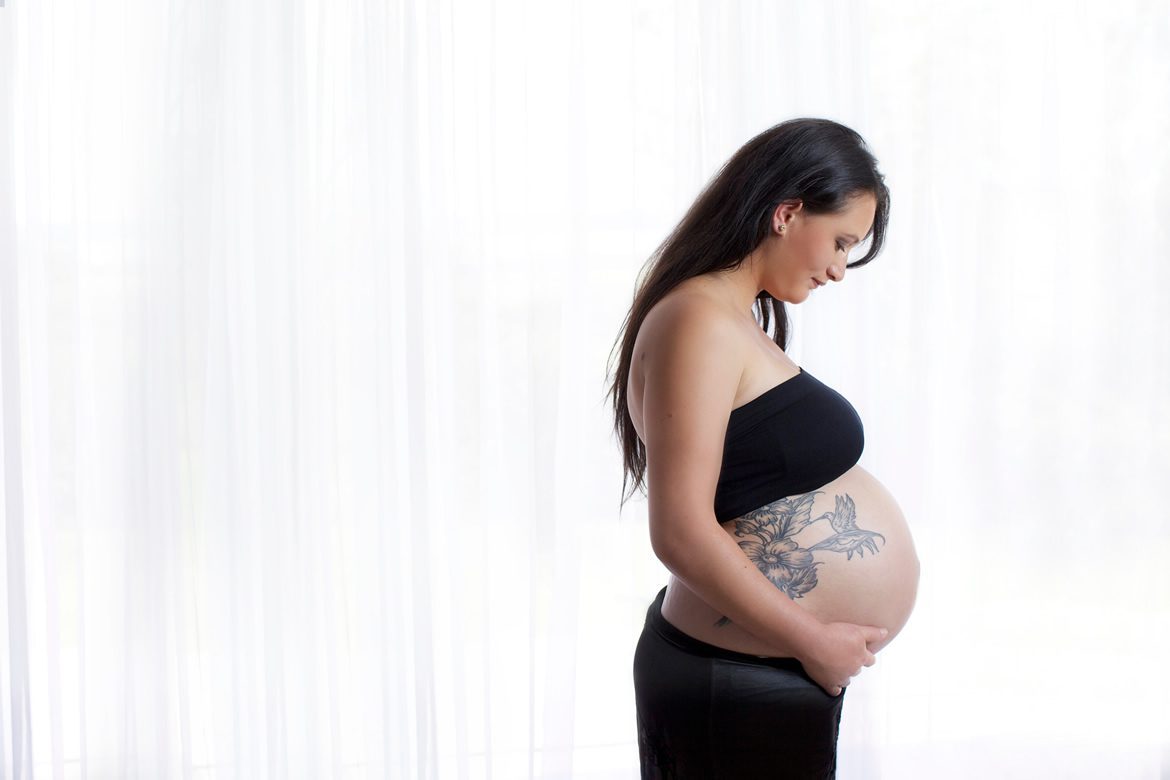

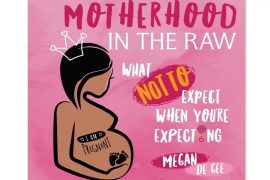
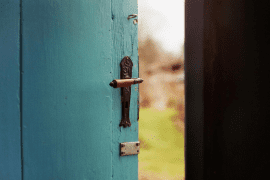


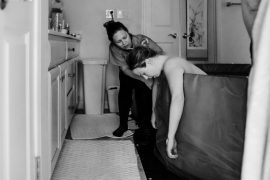
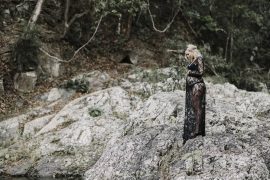
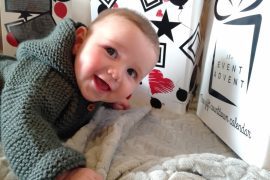

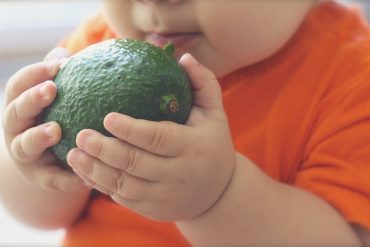
Beautiful story! My sons also a vasa previa baby. It’s certainly a very emotional journey and makes you realise how lucky you are!
Such a touching story..I was diagnosed with vasa previa too at 18 weeks after unexpected bleeding at work then passing clots as big as my palm. I was ambulanced up to Waikato hospital too and was very well looked after. A very scary time though.. By some miracle the vessels moved away by my 34th week scan and I was cleared for natural birth.. Still had to be very cautious and leave work early. Also the hospital and a c-section was still an option. I had a water birth with my waters breaking 2 weeks early and had a healthy baby girl Miracles do happen, you just have to believe and hang in there
Thank you 🙂 I needed to read that x
I just wanted to say, you’re the first person I’ve read about with almost the same experience as me. My first we also had vasa previa, my placenta was bilobed, and he came at 36 weeks 4 days. I had to get the steroid shots as well as all the stress tesrs, bloodwork every other day and consistent momitoring. I’ve never been able to find someone who has shared such a similar experience. Almost to the T, except I wasn’t on an island lol. I’m glad everything went smoothly with your family! Thanks for sharing ♡
I am 27 weeks now and was diagnosed with Vasa Previa I am praying and staying positive.